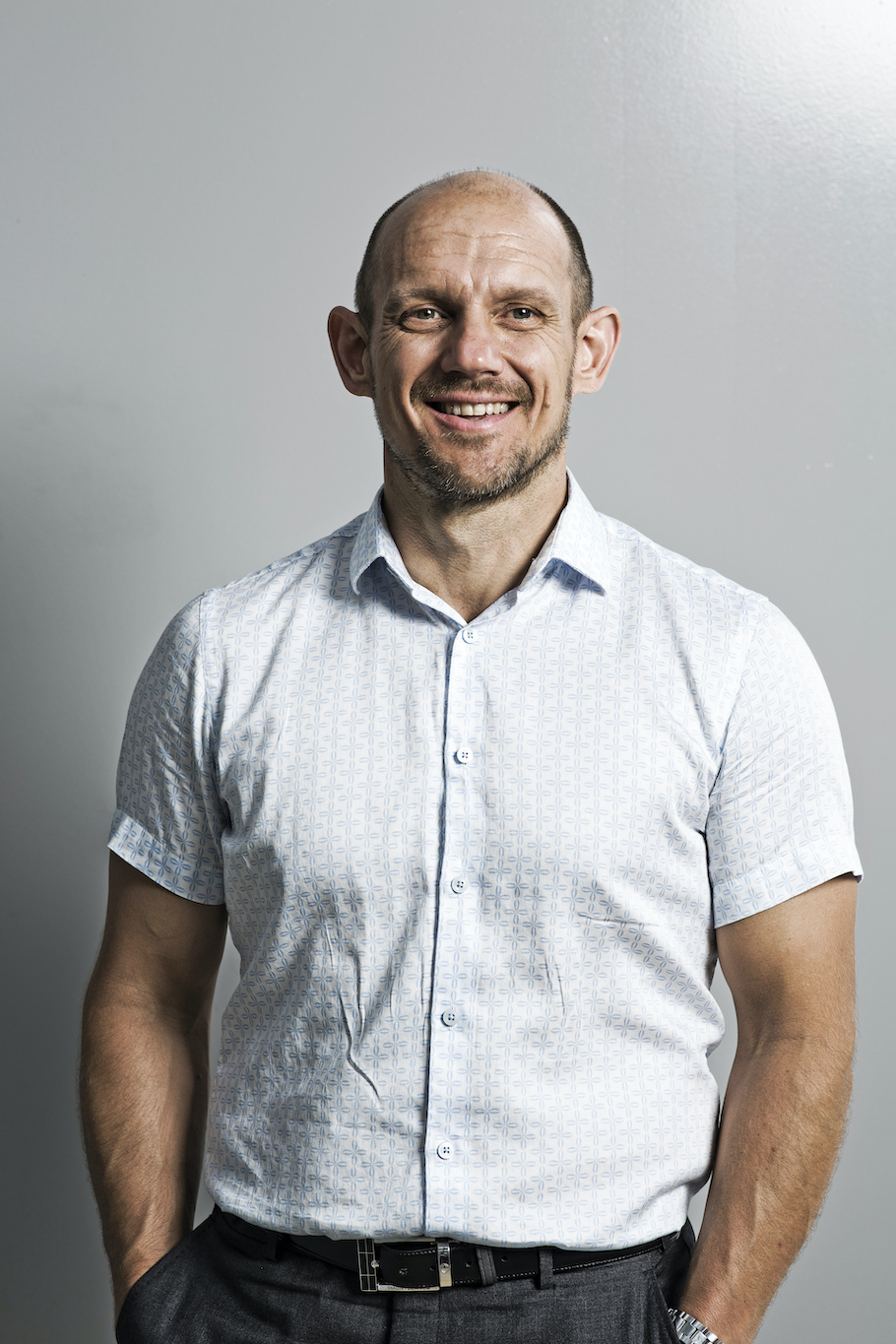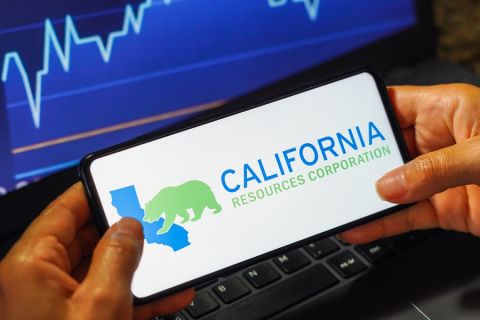Presented by:

This article appears in the E&P newsletter. Subscribe to the E&P newsletter here.
The global shift toward the collective net-zero future is accelerating at pace with renewable energy and other low-carbon initiatives leading the charge and with society and industry rightly pursuing every means available to minimize emissions and address the climate emergency.
Geothermal energy has much to contribute; by tapping into the heat stored beneath the earth's surface—where temperatures at the core are measured in thousands of degrees—it is possible to radically reshape the energy future.
In part that is because of the scale of the resource. Consultancy Wood Mackenzie reported last year that geothermal could contribute in excess of 1,000 GW by 2050, more capacity than either nuclear or hydro currently supply.
Unlike renewables pace-setters wind and solar, which by their nature are intermittent, geothermal is regular and dependable. This makes the energy ideal for providing the baseload electricity required to complement existing decarbonization efforts.
Cost, however, has been an issue. Traditional drilling techniques in particular have hamstrung the vast potential of deep geothermal: too long on site, too many risks and too high of a market barrier.
That is why, particularly given the potential of enhanced geothermal systems and advanced geothermal systems, HydroVolve, a specialist energy engineering company, believes it is time for the sector to take a fresh approach to its core technology.
Redrawing the cost curve
Next-generation geothermal systems rely on wells drilled some 3,000 m to 5,000 m deep, in often challenging geological conditions and in the face of time and cost pressures from developers.
One high-profile project recently revealed the cost of drilling a 5-km well as £11 million, with drilling rig operating costs accounting for up to £50,000 per day. In extreme cases, and in particularly difficult rock, it can take 20 hours to cut through 20 m.
Plus, it is not just about the day rates; the longer spent drilling, the more time spent working to push through difficult ground conditions, the higher the chance of a well failure, and all that impacts finance and schedule.
The associated economics can be daunting. The current levelized cost of electricity from advanced geothermal systems/enhanced geothermal systems is—again, according to Wood Mackenzie figures—about $180 per MWh. With the right mix of government support, technology innovation and investment, added Wood Mackenzie, that could come down to between $55/MWh and $75/MWh by 2050.
Savings on that scale will, in the first instance, require significant cuts to geothermal's capex formula in general as well as to its approach to drilling wells in particular.
Delivering on geothermal promise
The sharp end of geothermal technology is, quite literally, the point at which the drill bit meets the rock—that crucial interaction between eons of geology and the ambitions of an industry seeking a better way to power the planet.
Traditional tools are falling short. Solutions developed for the sedimentary rock that often features in oil and gas are unsuitable for the hard rock geology associated with many geothermal projects.
Percussive impact, however, can change the dynamic. For instance, a high-speed hammer striking an anvil that is connected to the drill bit causing compressive failure of the rock structure. The result is significant time savings, decreased risk and increased efficiencies and, ultimately, a better levelized cost of electricity.
Geothermal, like most renewable technologies, is capital intensive. By some estimates the cost per megawatt-hour of electricity produced over a project lifetime is more than 80% driven by upfront capex, with less than 20% representing operations and maintenance.
A large proportion of those capex costs are tied up in drilling. Change the dynamic on that crucial element and open the door to a revolution in geothermal—one that, in turn, can transform the road map for the net-zero transition (e.g., hundreds of gigawatts of electricity supplied from a location-agnostic and baseload technology confined only by the limits of our collective aspirations).
Case in point: The GeoVolve HAMMER, developed by HydroVolve, is a simple plug-and-play device that connects directly to any bit and in any bottomhole assembly. It is powered by the flow of conventional drilling fluids, with negligible pressure drop and no flow restrictions, an uninterrupted through-bore, requires no complex surface controls systems, and operates automatically and autonomously.
Meeting the low-carbon imperative is the challenge, and geothermal is poised to contribute to the industry's collective goal on a scale that is game-changing.

About the author: Dr. Peter B. Moyes is founder of specialist energy engineering company HydroVolve. His latest business venture started life as RotoJar, a company focussed on delivering a highly novel stuck-object extraction technology to market. As that company evolved and the expanding engineering team embarked on developing a much broader technology portfolio, Moyes took the decision to rebrand the business as HydroVolve in 2021.
Recommended Reading
Kimmeridge Fast Forwards on SilverBow with Takeover Bid
2024-03-13 - Investment firm Kimmeridge Energy Management, which first asked for additional SilverBow Resources board seats, has followed up with a buyout offer. A deal would make a nearly 1 Bcfe/d Eagle Ford pureplay.
M4E Lithium Closes Funding for Brazilian Lithium Exploration
2024-03-15 - M4E’s financing package includes an equity investment, a royalty purchase and an option for a strategic offtake agreement.
Laredo Oil Subsidiary, Erehwon Enter Into Drilling Agreement with Texakoma
2024-03-14 - The agreement with Lustre Oil and Erehwon Oil & Gas would allow Texakoma to participate in the development of 7,375 net acres of mineral rights in Valley County, Montana.
California Resources Corp. Nominates Christian Kendall to Board of Directors
2024-03-21 - California Resources Corp. has nominated Christian Kendall, former president and CEO of Denbury, to serve on its board.
Uinta Basin: 50% More Oil for Twice the Proppant
2024-03-06 - The higher-intensity completions are costing an average of 35% fewer dollars spent per barrel of oil equivalent of output, Crescent Energy told investors and analysts on March 5.





